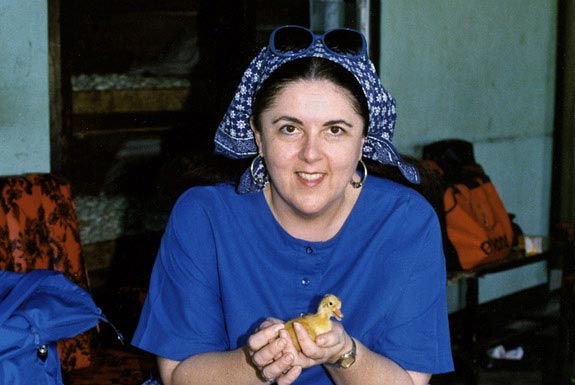Confronting whitening in an era of black consciousness: racial ideology and black-white interracial marriages in Rio de JaneiroPosted in Articles, Brazil, Caribbean/Latin America, Media Archive, Social Science on 2014-10-15 19:39Z by Steven |
Ethnic and Racial Studies
Volume 36, Issue 10, 2013
Special Issue: Rethinking Race, Racism, Identity, and Ideology in Latin America
pages 1490-1506
DOI: 10.1080/01419870.2013.783926
Chinyere Osuji, Assistant Professor of Sociology
Rutgers, The State University of New Jersey, Camden
In Latin America, whitening is understood as a goal of darker-skinned individuals who marry whites to gain access to white social circles, increase their social status, and produce lighter offspring. However, in Brazil, increasing black consciousness and race-based policies are seemingly at odds with contemporary attempts to whiten. Drawing on qualitative interviews with forty-nine individuals in black–white couples, I examine how they make sense of whitening in their lives. I find that unlike in the past, respondents do not describe themselves engaged in whitening and either find it offensive or recognize admissions of whitening as stigmatized. Nevertheless, whitening is how friends, families and other outsiders give meaning to their relationships, depending on the gender of the respondent. In addition, I find evidence of some white women understanding their relationships as a way of darkening themselves. This study reveals a transformation in the meanings associated with whitening ideology in contemporary Brazil.
Read or purchase the article here.
